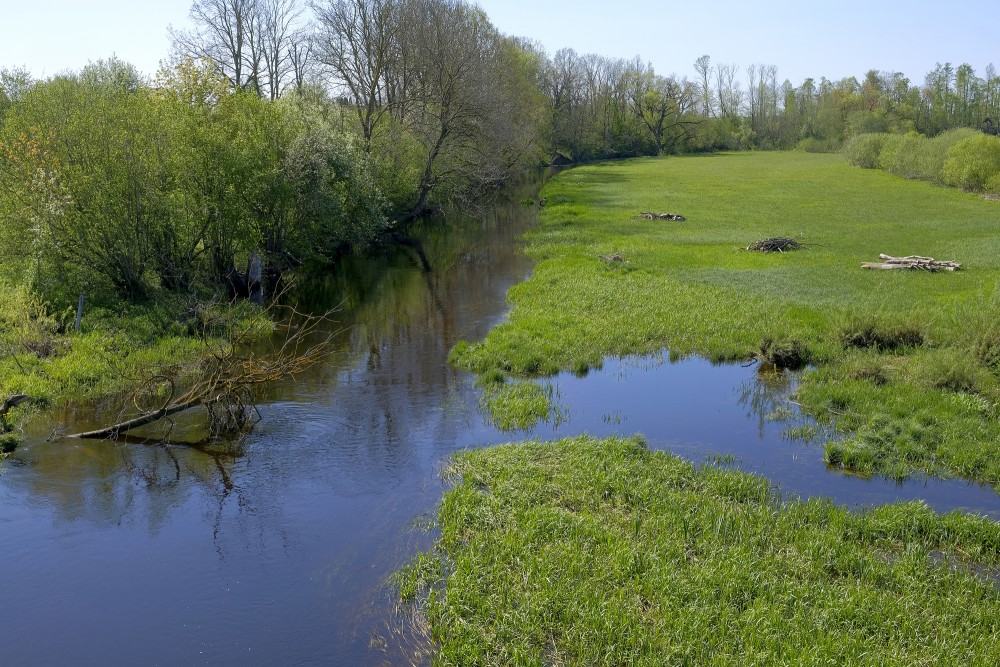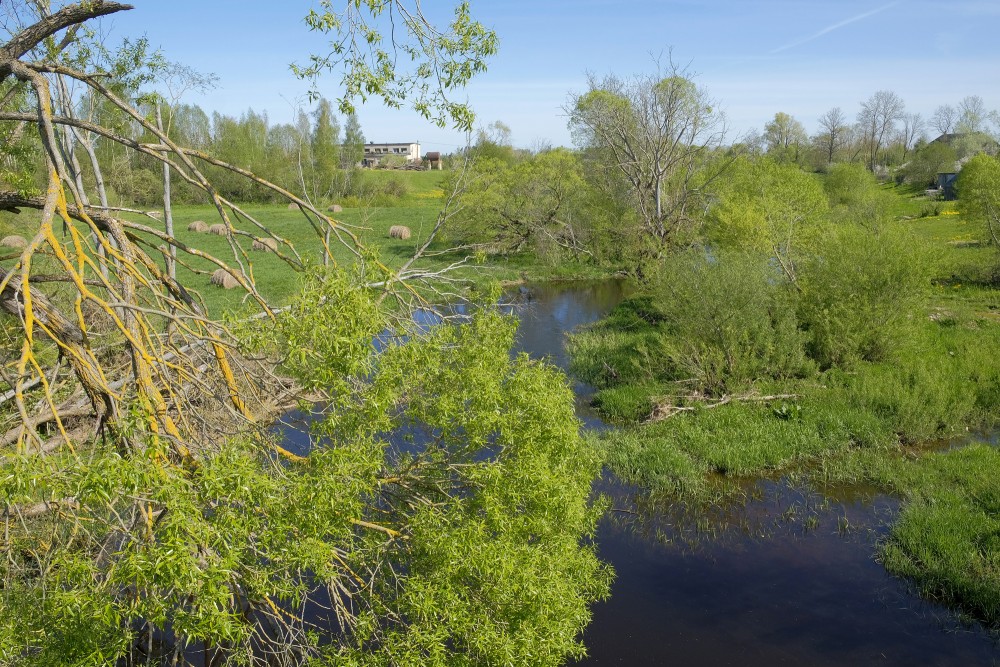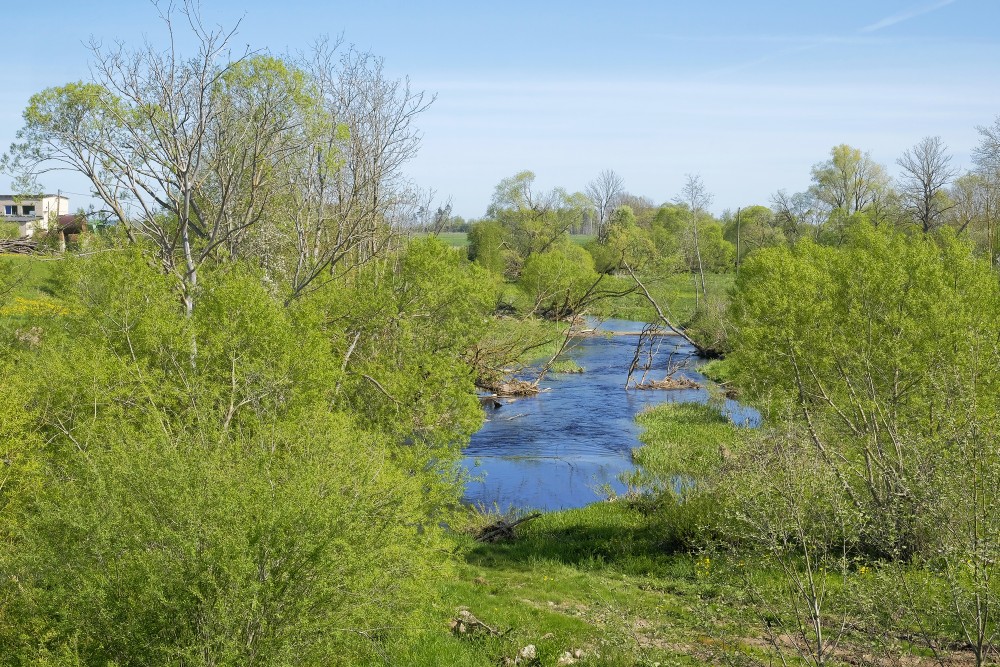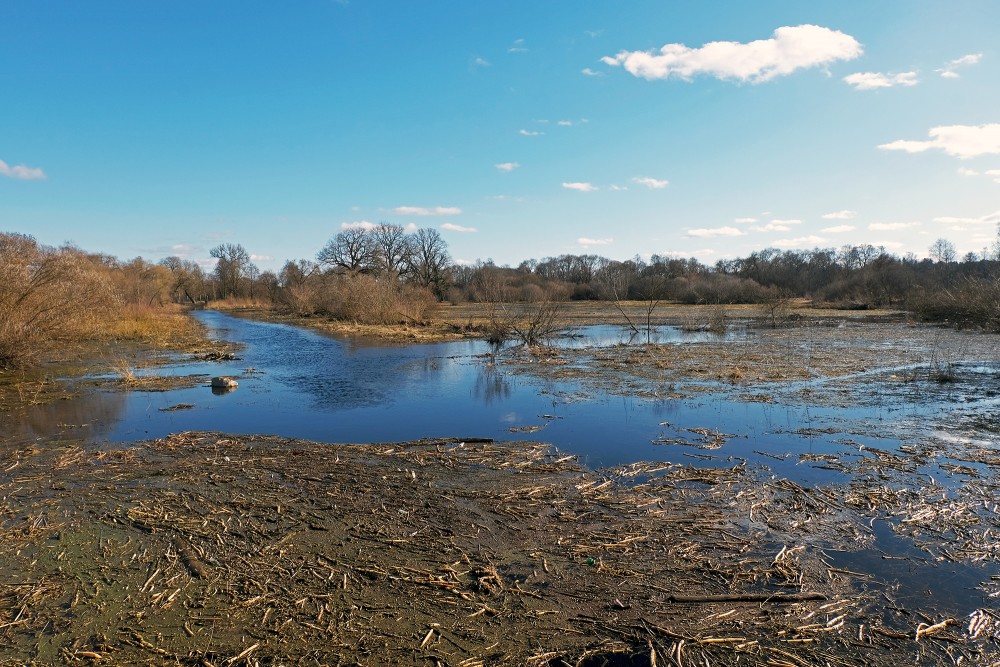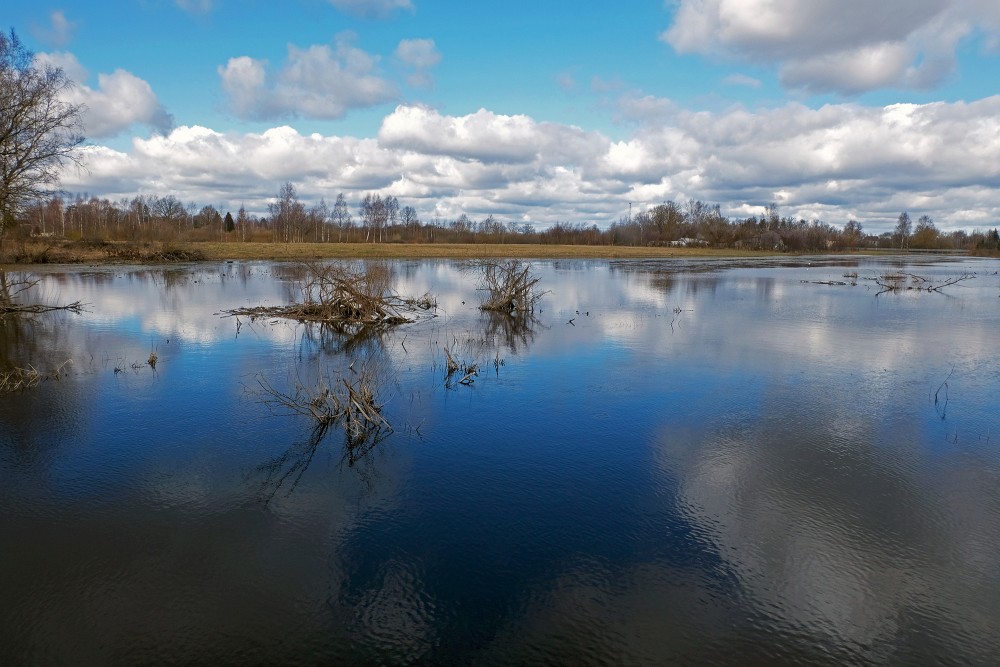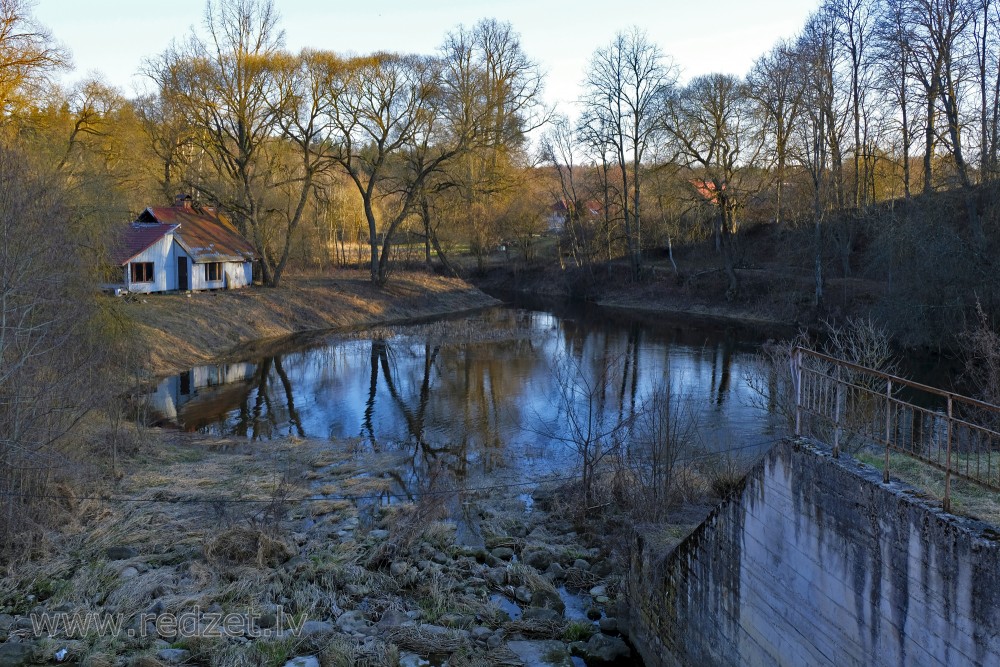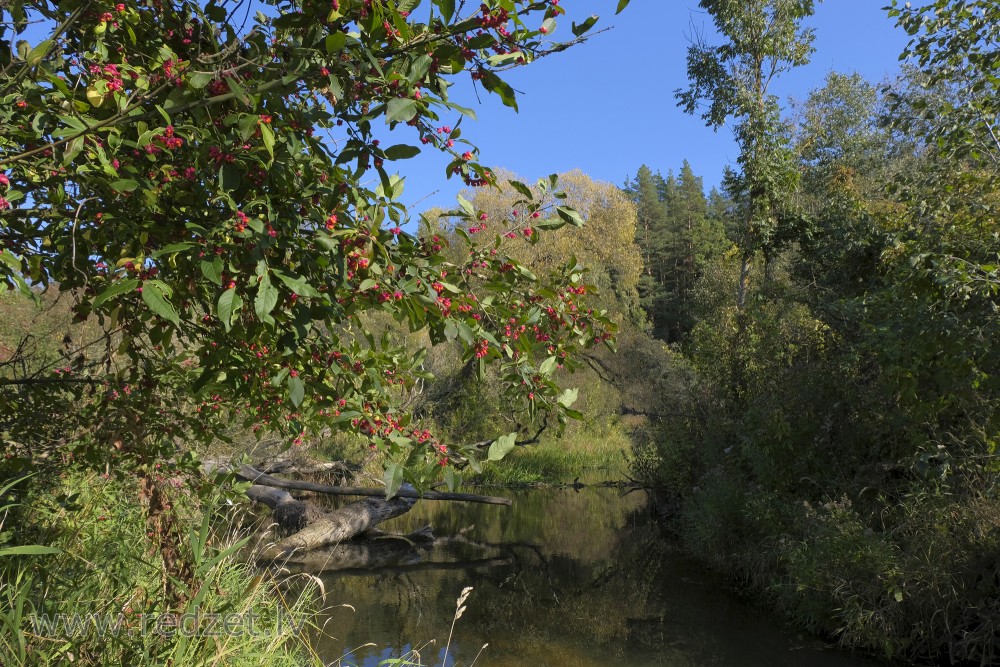River Svēte
The Svete River (Lithuanian: Švėtė, Latvian: Svēte) flows through the Šiauliai and Joniškis districts in the northern part of Lithuania, and the southern part of Latvia. The source of the Svete is near Tulominai, about 16 km southeast of Kuršėnai, and the river flows north passing by Žagarė, near the Latvian border. It is a tributary of the Lielupe, joining it 8 km to the northwest of Jelgava. The Lielupe ultimately flows into the Baltic Sea.
The upper part of the Svete can dry up completely in very dry summers, and its main tributaries are the Šakyna, Žarė, Tērvete, Bērze, Žvairilas, Bukiškis, Juodupis, Katmilžis and Vilkija rivers.
en.wkipedia.org
Scientists say that the riverbed of the Svete took its source in the Ziemgala plain before the melting of the Ice Age glaciers. Later the river became deeper passing round old gravel and sand deposits. At present the Svete is the 18th longest river in Lithuania. Its total length is 123 km of which 55 km flow through Lithuania. The river starts in Siauliai Region, in the outskirts of Tulonai, 16 km southeast of Kursenai. It flows through Siauliai and Joniskis regions (the forests of Girkanciai and Mikaiciai). It also runs through Zagare and flows into the Lielupe, Latvia. Zimelis and Svetele (right) and Renge (left) are the most important tributaries of the Svete. They run through the outskirts of Zagare too. The upper Svete becomes dry in summer and freezes in winter. It remains covered in ice for about 100 days a year. Tourists, seeking new experiences, can go boating on the river Svete.
The banks of the river are very impressive. Different kinds of plants grow here, such as canary grass, meadowsweets, willows and others. There is a great variety of flora. Some plants are listed in the Red Data Book. One can admire dolomite rock exposures on the slopes of the river as well as the icicles from the deposits under the bridges.
www.turizmogidas.lt/en
